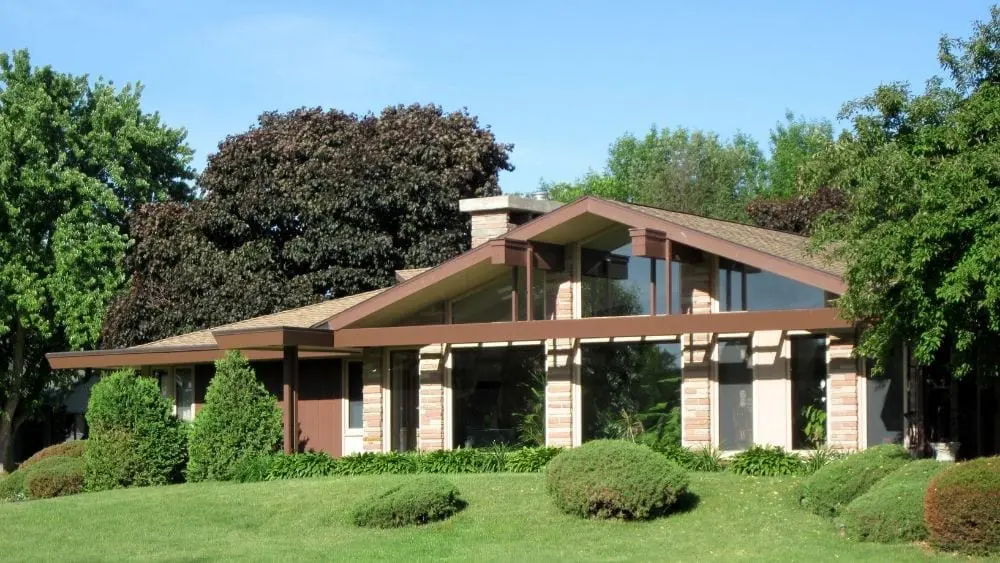
As millennials reach peak home buying age, new home builders are innovating and adjusting designs to meet this demographics’ demands
Single women, married pairs, unrelated couples all number among buyers today in an increasingly diverse mix that is nothing like the nuclear family of the 1950s which traditionally served as a model for new homes. Today, the number of dual income, college educated couples are at an all time high, and single women comprise the second largest group shopping for new homes, according to a recent design summit held by John Burns Real Estate Consulting.
New home wish lists often include room for family with 30 percent of potential buyers desiring a guest suite composed of a bedroom, small living area, and kitchenette. Millennials are flexing their buying power across a range of price points, and Gen Z is waiting in the ways. And for 71 percent of families, the most important member of the household might be a pet.
More than demographics have changed, too. After a decade of HGTV and Pinterest, consumers are attuned to architecture, design and endless possibilities. “They have a stronger sense of ‘this is cool’ . . . ‘this is interesting’ . . . ‘this is a neat style,’” says Jeni Lantz, manager of Design Lens for John Burns Consulting.
As a result, builders are scrambling to stay in sync. “I think our industry is becoming so much more sophisticated because the consumer has all the answers. Home builders have to be smarter today,” says Mollie Carmichael, a principal at Meyers Research. “They need to understand what consumers want and where they place value.”
So what are builders doing these days to match new home buyer wants and needs? Here’s what new homebuilders are doing to keep pace with the times using research and data to drive designs:
The Ultimate Question: What Do Millennials Want?
Post-recession, what millennials wanted in a home was anybody’s guess. To tackle this question, Bassenian Lagoni Architects joined with TRI Pointe Group’s Pardee Homes Las Vegas and Builder Magazine to do extensive, in-depth research to inform the design of two concept homes explicitly geared for millennials. In addition to a lalrge nationwide survey of Millennial homeowners and potential buyers, they also conducted a series of focus groups both on and off-site to fine-tune plans and preferences.
Even though the research was completed a couple of years ago, the insights expressed continue to reflect current consumer desires and goals. For example, millennial buyers often describe their objective as a “forever home,” one that could adapt to life changes. The concept homes were dubbed Responsive Homes, because they morph and flex over time.
Such in-depth research, as well as the idea of designing a home for a specific demographic (other than the 55-plus age group), was equally innovative at the time even though more builders turned to data and research during the recovery.
Parsing the Data
“After the downturn people got wise,” comments Lantz. One of the things is that architects and other companies are doing a better job of understanding buyer preferences, says Chris Texter, a principal at KTGY Architecture + Planning. Firms such as John Burns Real Estate Consulting, Meyers Research and others conduct large scale research initiatives into consumer attitudes, buying habits and preferences for homes and communities.
Additionally, Steve Burch, senior vice president at John Burns, says they can break out the data gained from almost 25,000 survey responses according to a number of variables, which provides detailed information on preferences including regional trends. Custom studies allow even more focused insights. In addition to home shoppers and buyers, he says they also interview rejectors.
Collaboration Equals Revolutionary Outcomes
“What happens when a builder is getting ready to develop a community they already have begun the research and looked at the competition and they’ve looked at market demands and they’ve read what John Burns is saying and they then try to integrate components into homes that allow people to live better and to accommodate various stages of life,” explains Mary Cook, a principal of Mary Cook Associates, a Chicago-based design firm.
“Architects are by nature creatives and creatives are naturally curious,” says Steven Dewan, NCARB, senior principal at Bassenian Lagoni. While inspiration and ideas come from other industries and experiences including travel, he says, “Our preferred way to work to develop homes for new buyer types is through the design charrette with our clients. The builder team – management, sales, marketing, construction – together with our design team spends several days exploring floor plans that fulfill a market gap or serve existing buyers in entirely new ways. Getting ideas and input from the entire team results in some really revolutionary outcomes that perform well in the market.”
Fine Tunning Based on Feedback
Fine tuning homes and developments to current buyer needs doesn’t stop with the planning process. “The builders are also getting informed by what’s happening in their sales office,” says Cook. “Sales people not only report on the amount of traffic, they also might say, ‘if we only had this, they might have brought.’ We have had situations where builders call us saying, for example, ‘we are getting empty nesters and they are looking for. . .’ And then we redesign the home.”
Regional developers have another perspective. By concentrating on the Chicago area, Jeff Benach, co-principal of Lexington Homes, believes he derives an in-depth understanding of what that market demands as well as the availability of land and the desirability of specific locations. “The nationals stay pretty cookie cutter. We have a little more nimbleness about it. We don’t have to run things up a flagpole. If I think something needs to change, I can just pull the trigger.”
Most of Lexington’s new communities are closer to the city, in areas easily considered surban. Flexibility is integral to many of these plans. Some models include a flex space; others offer a flex space in addition to a first-floor office. Others have even more extensive options to configure the second floor, so a second master or upstairs great room can be incorporated. More national builders are also incorporating flexibility into their designs. JBRC’s Design Summit featured an innovative plan from Shea Homes that gives consumers options to configure the great room-kitchen-outdoor living areas depending on their lifestyle.
As more reports from the media suggest a potential softening in demand, Lantz says more builders are turning to research.

Camilla McLaughlin is an award-winning writer specializing in house and home. Her work has appeared in leading online and print publications, such as Yahoo! Real Estate, Unique Homes magazine and Realtor magazine. She has also freelanced for the Associated Press.
 Forget Hygge; Go Còsagach with Your Home Décor
Forget Hygge; Go Còsagach with Your Home Décor